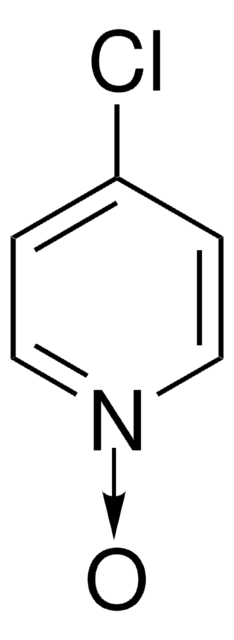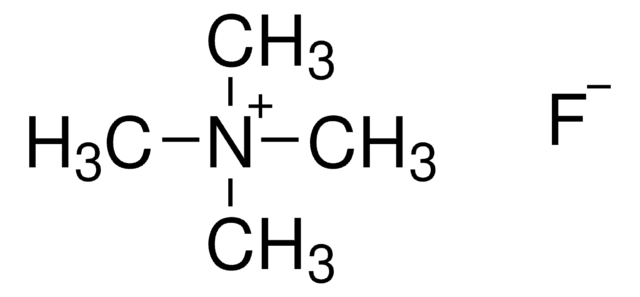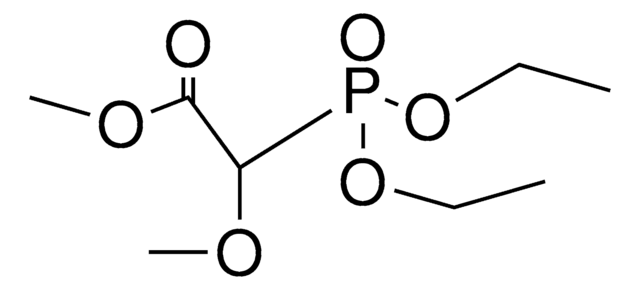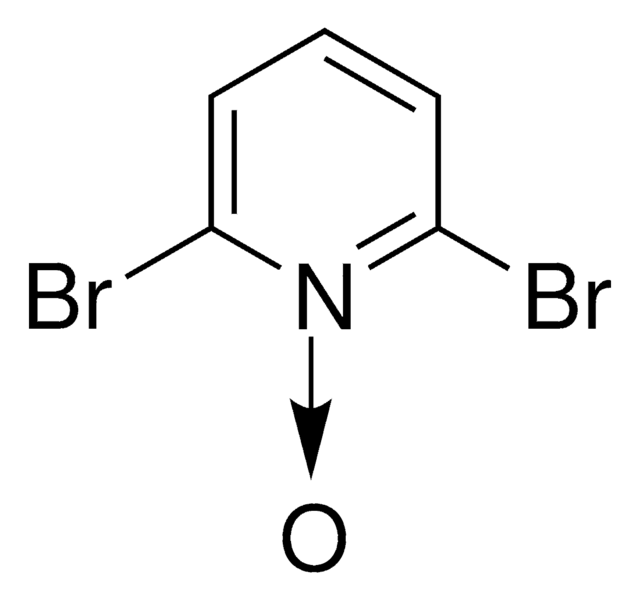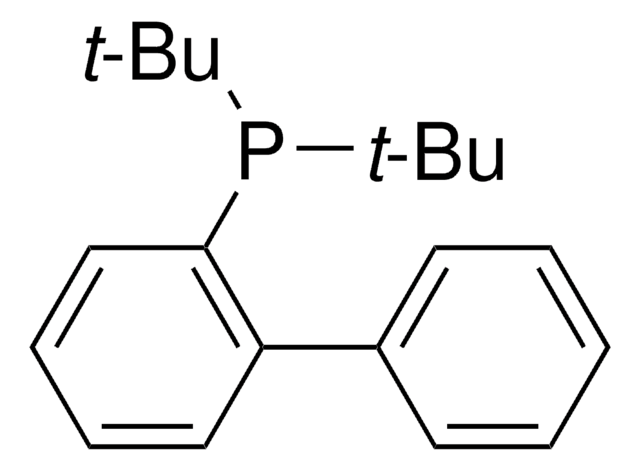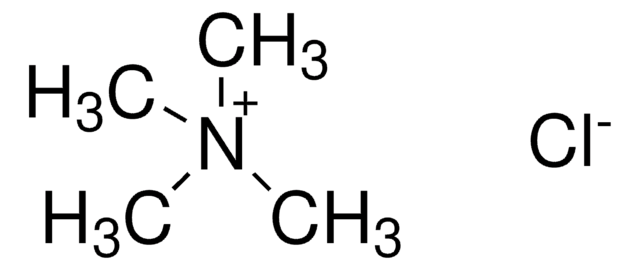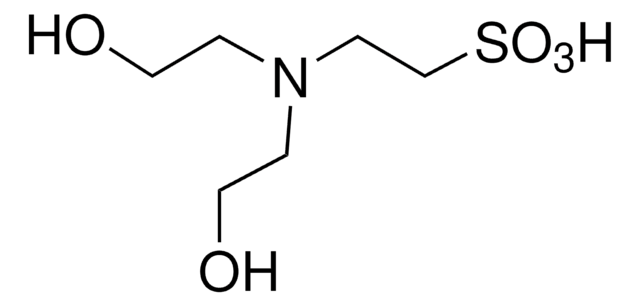906794
Bis(neopentyltrimethylammonium) oxalate
Synonym(s):
N,N,N,2,2-Pentamethylpropan-1-aminium oxalate, Bis(trimethylneopentylammonium) oxalate
Sign Into View Organizational & Contract Pricing
All Photos(1)
About This Item
Recommended Products
form
powder, crystals or chunks
storage temp.
−20°C
Application
This bis(neopentyltrimethylammonium) oxalate is used in the elution step of the Ritter lab′s new method for deoxyfluorination of phenols. First, an Fmoc-protected ruthenium tyrosine amino acid derivative ([CpRu(Fmoc-tyrosin)]CF3CO2, cat# 902314) is incorporated to a peptide. Later, bis(neopentyltrimethylammonium) oxalate and chloroimidazolium chloride (cat# 904848) facilitate the elution of [18F]fluoride. The final [18F]fluoride radiolabeled polypeptide is useful in positron emission tomography (PET) imaging for the study of various biological applications.
Automate your fluorination reactions with Synple Automated Synthesis Platform (SYNPLE-SC002)
Automate your fluorination reactions with Synple Automated Synthesis Platform (SYNPLE-SC002)
Caution
Bis(neopentyltrimethylammonium) oxalate is hygroscopic and should be stored in a closed vial or in a desiccator.
related product
Product No.
Description
Pricing
Storage Class Code
11 - Combustible Solids
WGK
WGK 3
Flash Point(F)
Not applicable
Flash Point(C)
Not applicable
Choose from one of the most recent versions:
Certificates of Analysis (COA)
Lot/Batch Number
Sorry, we don't have COAs for this product available online at this time.
If you need assistance, please contact Customer Support.
Already Own This Product?
Find documentation for the products that you have recently purchased in the Document Library.
Jens Rickmeier et al.
Angewandte Chemie (International ed. in English), 57(43), 14207-14211 (2018-09-07)
Radiolabeled receptor-binding peptides are an important class of positron emission tomography tracers owing to achievable high binding affinities and their rapid blood clearance. Herein, a method to introduce a 4-[18 F]fluoro-phenylalanine residue into peptide sequences is reported, by chemoselective radio-deoxyfluorination
Our team of scientists has experience in all areas of research including Life Science, Material Science, Chemical Synthesis, Chromatography, Analytical and many others.
Contact Technical Service